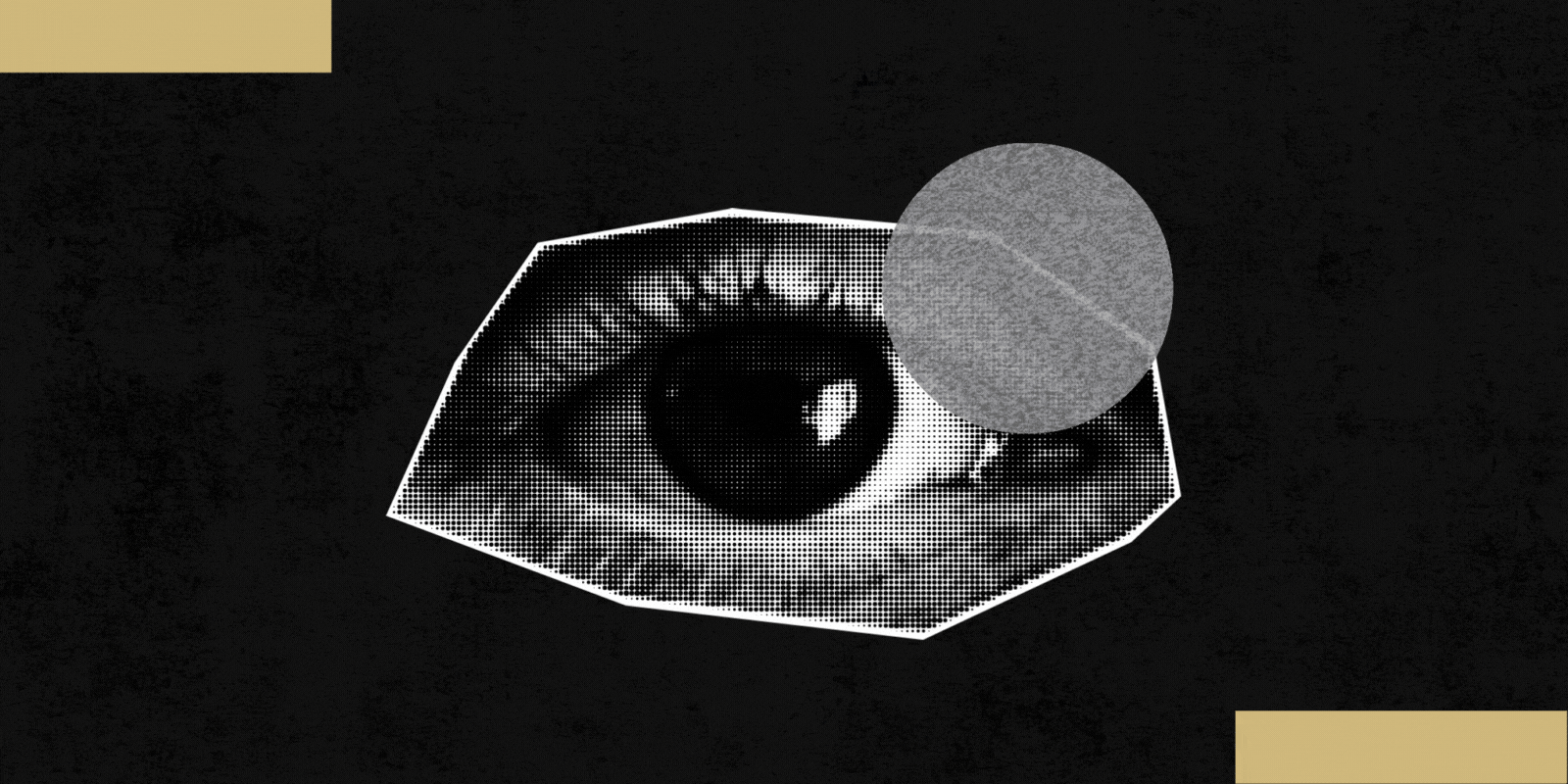With the dawn of a new day, as some people prepare their coffee or check the daily news, the morning routine of others involves examining how well they slept the night before — not based on how they feel but based on data collected by a watch on their wrist.
Wearable fitness trackers like smartwatches and smart rings have become integrated into the daily lives of millions of Americans, with 21% of Americans reporting use of these devices in 2019 to the Pew Research Center. Whether it be evaluating sleep quality, assessing cardiovascular fitness, or measuring stress levels, these devices have rapidly evolved in their capabilities over the past few decades. But do they benefit people’s health as much as advertised?
“I think wearable trackers can be great tools for certain things, but people have to also understand the limitations of these tools and what they’re actually measuring,” says Seth Creasy, PhD, a University of Colorado School of Medicine faculty member and director of research integration for the CU Anschutz Health and Wellness Center.
How accurate are these devices?
The variety of wearable trackers is vast, with popular devices including Fitbits, Apple Watches, Galaxy Watches, Oura Rings, and Garmin smartwatches. There are pros and cons to every wearable tracker, explains Creasy, an associate professor in the Division of Endocrinology, Metabolism, and Diabetes.
“Each device has its own strengths and limitations on what it’s measuring, how it’s measuring it, as well as the different apps and messaging that comes with it,” he says. “I wear a Garmin smartwatch because I’m a runner and it has a useful GPS function, as well as an app to track my fitness. But others may find an Oura ring, for instance, to be more fashionable and useful in their day-to-day lives. It’s a personal preference.”
Although many trackers have improved in their ability to more accurately measure a person’s heart rate, their steps, and the intensity of their physical activity, Creasy cautions that trackers may over-promise what they can do. For instance, tracking people’s sleep behaviors can be challenging, and most devices are mainly detecting the body’s movement to track sleep.
“If I lay really still in bed, then my tracker might say that I'm sleeping even if I'm not, so there are some limitations to what they can actually measure,” he says.
These devices are often advertised as being useful tools to track how many calories a person burns in a day — a measurement that Creasy advises people don’t rely on to determine how many calories they should consume.
“Energy expenditure measurement accuracy is still hit-and-miss because there are so many factors that influence total energy expenditure beyond what is measurable from a wearable tracker,” he says. “I caution individuals from using their energy expenditure data to influence their eating behaviors.”
The potential benefits
Although not all measurements may be completely accurate, wearable trackers still offer useful information, Creasy notes. That’s why he uses these devices in almost every study he does.
Much of Creasy’s research focuses on investigating ways to help people live healthier lives, whether it be through changing people’s diet, exercise, and/or sleep behaviors. In a variety of his exercise studies, he has used wearable trackers to collect data. He has also used wearable trackers to measure body posture and time spent on different physical activity behaviors, including sedentary behavior.
“I think these devices are super helpful in helping us become more aware of our own health. I remember that while I was working from home during the COVID-19 pandemic, my watch showed me that I was only getting 1,000 or 2,000 steps a day, which is way below the recommendation. It gave me awareness of something I needed to improve,” Creasy says. “These are information tools that can help us learn more about ourselves.”
In this way, wearable trackers can lead people to set quantitative goals (such as hitting 10,000 steps a day), track their progress, and motivate them to achieve their goals. For example, the Apple Watch has become known for motivating people to close three daily “rings” seen on their watch — one ring represents the number of active calories a person has burned, another represents the number of minutes they’ve exercised, and the third represents how many times they stood for at least one minute per each hour of the day. As people complete pre-set goals for each of these rings, the respective ring closes.
“Many of these devices also have features to create a sense of community, such as by sharing health activity with other people, being able to challenge others to achieve certain fitness goals, or having a messaging platform to encourage others,” Creasy says.
Should everyone get a tracker?
Wearable trackers are not for everyone. Trackers may potentially be harmful for some people who face mental health issues like eating disorders, as some individuals may become obsessive about tracking data such as calories burned. For others, the health information on their tracker may be discouraging.
“If someone is already having a bad day, and they look at their fitness tracker and see they only got 1,000 steps, it can set them into a negative spiral. Not everyone responds the same way, so this information may not be helpful to some,” Creasy says.
A previous study that Creasy contributed to tested how valuable a wearable armband was in helping people lose weight. He and the other investigators found that there ultimately was no weight loss benefit of having the device versus not.
“Some people loved it, and others didn’t like or want to wear it,” he says. “I think there are ways that these devices can be helpful, but you are not going to fix everyone’s health by just giving them a wearable piece of information.”
Measuring your mind
When Creasy hasn’t slept well, and he is trying to console his crying five-month-old infant, his Garmin watch will sometimes send him an alert that he appears to be more stressed than usual — a sign of how trackers are beginning to assess people’s mental well-being as well as physical.
“I think these devices are getting to the point where they are sensitive to certain things and can measure stress on some level. Understanding the link between your physical health and your emotional health is valuable,” he says. “But these devices probably are over-promising a bit on how accurate they can measure it.”
Although Creasy is skeptical of wearable trackers’ ability to accurately measure people’s stress and anxiety levels, he says that further developing and honing this technology is worth pursuing.
“If we don’t research it, we’re not going to move the needle,” he says.
Research into wearable trackers’ ability to measure stress has already begun. Last year, researchers at the University of Vermont published a study that suggested an Oura ring biosensor could potentially detect changes in a person’s stress levels while they sleep. An investigator for the study expressed hope that wearable technology will eventually be able to identify in real-time if someone is experiencing increased stress, as that may open the door to offer helpful interventions.
“This field is ever evolving. The devices keep getting better, and the analysis side keeps improving as well,” Creasy says. “It will continue evolving over time, and we’ll keep getting to learn more about ourselves, our bodies, what works, and what doesn’t.”



